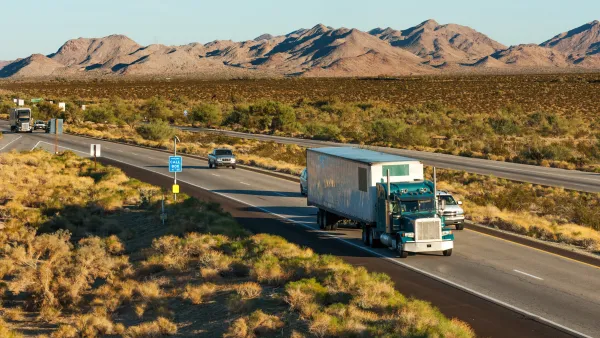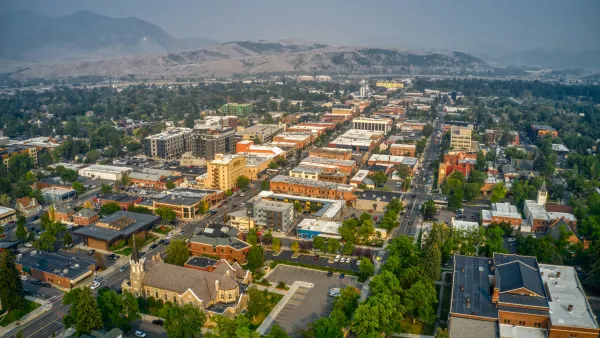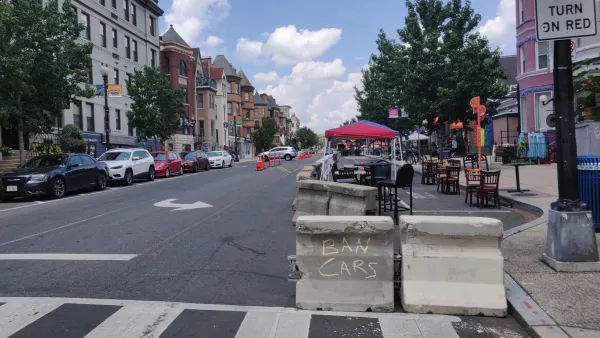Even when the circuitry is beyond us mere mortals, DIY comes to the rescue In town meetings we use the Internet for a wide variety of uses, from photo walls to display images collected during our WalkShop tours, to brainstorming and voting with our AnyWare suite of tools, to collecting ideas using Google Docs or Google MyMaps at round tables. The latest WiFi cards are making connecting to the Internet possible in places where the Internet normally is not available.
Even when the circuitry is beyond us mere mortals, DIY comes to the rescue
In town meetings we use the Internet for a wide variety of
uses, from photo walls to display images collected during our WalkShop tours, to brainstorming and voting with our
AnyWare suite of tools, to collecting
ideas using Google Docs or Google MyMaps at round tables. The latest WiFi cards are making
connecting to the Internet possible in places where the Internet normally is
not available. The MiFi 2200 for Verizon (click here for a useful review)
card, for example, makes it possible to connect up to 5 computers at 3G speeds
to the internet.
While still dependent of good cell phone reception for the
carrier associated with your card, WiFi cards have saved us on several
occasions. And Do-It-Yourself
(DIY) techniques helped us even in situations where the carrier reception was
existent but very weak.
Last week PlaceMatters helped bring several internet based technologies into a 2 day
charrette for the Rocky Mountain Institute's Living City Block program, we found the Verizon signal on our MiFi
cards to be unacceptably weak, thus slowing down the speed of our AnyWare
tools. The Tattered Cover's tech
guy, Mike (who happens to teach online courses at MIT during his spare time)
showed us how to make a nifty DIY amplifier for our card. He used a 6 inch lid from one of their
gift shop tin cans, cardboard, and tape to boast the signal. A week later, while working in the mountains, I found myself
making another DIY amplifier to make it possible for me to post this blog.
 With an aluminum foil casserole dish
With an aluminum foil casserole dish
from the store, I was able to make a mini dish to amplify the signal. Went from 1 bar to 4 and was able to
stop that perpetual spinning circle that kept showing up in my browser and email, and finally get some work done.

National Parks Layoffs Will Cause Communities to Lose Billions
Thousands of essential park workers were laid off this week, just before the busy spring break season.

Retro-silient?: America’s First “Eco-burb,” The Woodlands Turns 50
A master-planned community north of Houston offers lessons on green infrastructure and resilient design, but falls short of its founder’s lofty affordability and walkability goals.

Delivering for America Plan Will Downgrade Mail Service in at Least 49.5 Percent of Zip Codes
Republican and Democrat lawmakers criticize the plan for its disproportionate negative impact on rural communities.

Test News Post 1
This is a summary

Test News Headline 46
Test for the image on the front page.

Balancing Bombs and Butterflies: How the National Guard Protects a Rare Species
The National Guard at Fort Indiantown Gap uses GIS technology and land management strategies to balance military training with conservation efforts, ensuring the survival of the rare eastern regal fritillary butterfly.
Urban Design for Planners 1: Software Tools
This six-course series explores essential urban design concepts using open source software and equips planners with the tools they need to participate fully in the urban design process.
Planning for Universal Design
Learn the tools for implementing Universal Design in planning regulations.
EMC Planning Group, Inc.
Planetizen
Planetizen
Mpact (formerly Rail~Volution)
Great Falls Development Authority, Inc.
HUDs Office of Policy Development and Research
NYU Wagner Graduate School of Public Service






























